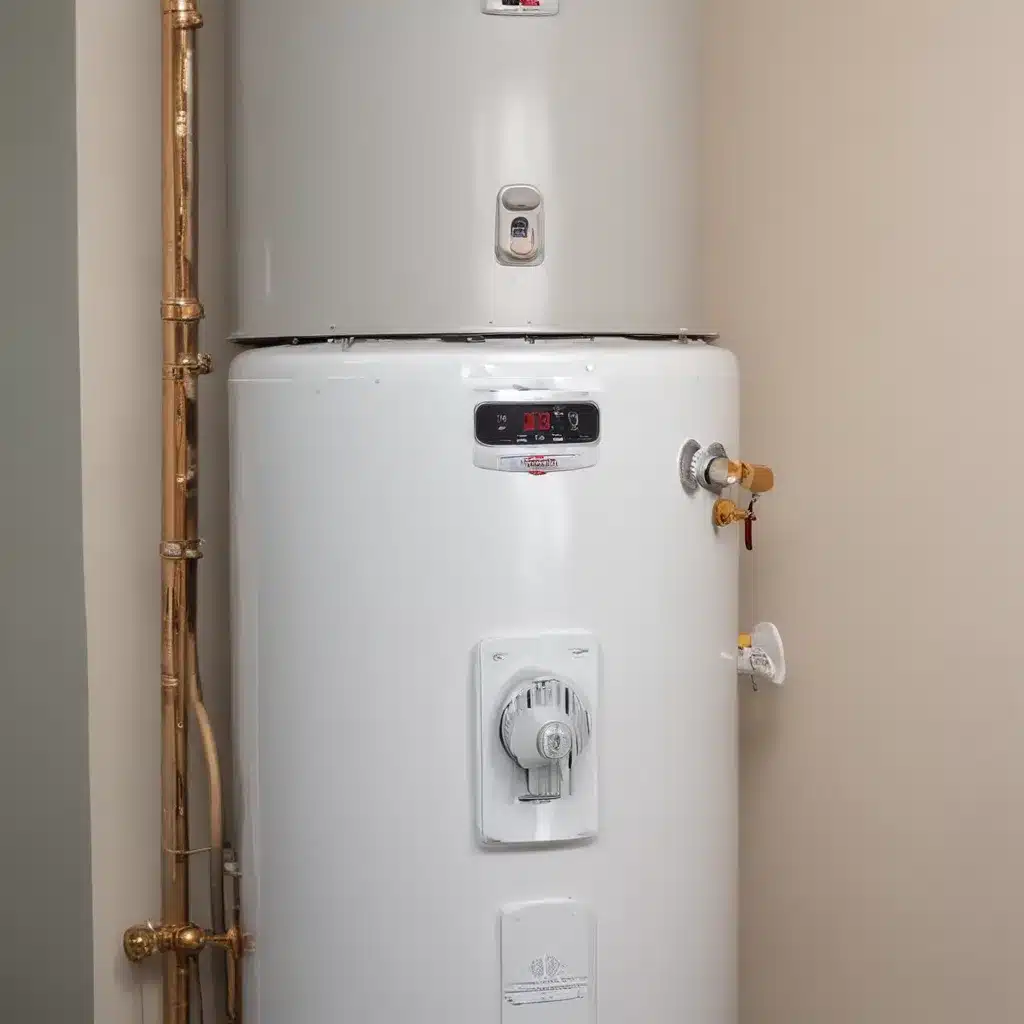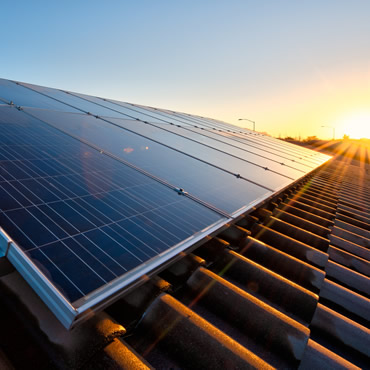
As an experienced water heater specialist, I understand the vital importance of ensuring the safe operation of these essential household appliances. One of the most significant concerns when it comes to water heaters is the potential for carbon monoxide (CO) poisoning – a silent, deadly threat that claims hundreds of lives each year in the United States.
Proper Venting Systems
The proper venting of a water heater is crucial for preventing the buildup of this colorless, odorless gas. Improper or blocked venting can allow carbon monoxide to linger in the home, putting occupants at risk of serious health consequences or even death.
When it comes to water heater venting, there are a few key factors to consider:
Vent Pipe Material: Water heaters should be connected to a vent pipe made of the proper materials, such as galvanized steel, stainless steel, or PVC. These materials are designed to withstand the high temperatures and corrosive nature of the exhaust gases.
Vent Pipe Sizing: The vent pipe might want to be the correct diameter to efficiently remove all exhaust gases. Undersized vent pipes can restrict airflow and cause incomplete combustion, leading to increased carbon monoxide production.
Vent Pipe Slope: Proper slope is essential to double-check that condensation can properly drain away from the water heater. A vent pipe that is not angled correctly can cause a buildup of moisture, leading to corrosion and potential blockages.
Vent Termination: The vent pipe might want to terminate in a location that is safe and compliant with local building codes. This usually means terminating the vent several feet above the roofline, away from windows, doors, and other potential sources of air intake.
Regular Inspection and Maintenance: Vent pipes should be inspected annually for signs of wear, damage, or blockages. Cleaning the vent pipe and ensuring it is free of obstructions is critical for maintaining proper airflow and preventing carbon monoxide buildup.
Carbon Monoxide Monitoring
In addition to proper venting, the use of carbon monoxide detectors is essential for safeguarding against this deadly gas. CO detectors should be installed in every home, positioned near sleeping areas and on each level of the dwelling.
These devices are designed to sound an alarm when dangerous levels of carbon monoxide are present, giving occupants time to evacuate and seek medical attention if necessary. Homeowners should test CO detectors monthly and replace them every 5-7 years, or as recommended by the manufacturer.
It’s important to note that CO detectors are not a substitute for proper venting and maintenance of fuel-burning appliances, including water heaters. These devices are meant to provide an early warning, not to prevent the production of carbon monoxide in the first place.
Emergency Response
In the event of a carbon monoxide alarm, it’s crucial to take immediate action. Occupants should evacuate the home and call emergency services, such as the fire department or poison control center. Attempting to investigate the source of the alarm could potentially expose individuals to dangerous levels of the gas.
Once the home has been ventilated and deemed safe by professionals, the water heater and other fuel-burning appliances should be thoroughly inspected and serviced by a qualified technician. Any issues with the venting system or the water heater itself might want to be addressed before the home can be safely reoccupied.
Regulatory Compliance
Ensuring compliance with local building codes and safety regulations is an essential part of water heater installation and maintenance. Homeowners and plumbers might want to be aware of the specific requirements in their area, which may include:
- Venting specifications, such as material, size, and termination requirements
- Carbon monoxide detector placement and installation guidelines
- Energy efficiency standards for water heaters
- Permitting and inspection procedures for water heater installation or replacement
Failure to comply with these regulations can not only put occupants at risk but may also result in fines or other penalties. It’s crucial to work with licensed and experienced professionals who are well-versed in the local code requirements.
Preventive Maintenance
Regular maintenance is key to preventing carbon monoxide-related issues with water heaters. Homeowners should follow the manufacturer’s recommended service schedule, which typically includes:
- Periodic inspection and cleaning of the vent system
- Checking the anode rod and replacing it if necessary
- Flushing the tank to remove sediment buildup
- Inspecting the pressure relief valve and thermostat
- Ensuring the combustion air supply is unobstructed
By staying on top of these maintenance tasks, homeowners can help double-check that their water heater is operating safely and efficiently, reducing the risk of carbon monoxide exposure.
Diagnostic Techniques
If a homeowner suspects an issue with their water heater’s venting or carbon monoxide production, there are several diagnostic techniques that can be employed by a qualified technician:
Leak Detection: Specialized equipment, such as a combustible gas detector, can be used to identify any cracks or gaps in the vent system that could be allowing carbon monoxide to escape.
Temperature and Pressure Checks: Measuring the temperature and pressure of the water heater’s exhaust can help determine if the appliance is operating within the manufacturer’s specifications.
Efficiency Assessments: Testing the water heater’s combustion efficiency can reveal any issues with the burner or other components that could be contributing to incomplete combustion and carbon monoxide production.
By using these advanced diagnostic tools and techniques, water heater technicians can quickly identify and address any problems, ensuring the safety and proper functioning of the appliance.
Tankless Water Heater Considerations
The growing popularity of tankless water heaters has introduced some unique considerations when it comes to venting and carbon monoxide safety. These compact, on-demand units often have different venting requirements than traditional tank-style water heaters.
Tankless water heaters may utilize either a direct vent or power vent system, which can impact the placement and termination of the vent pipe. Additionally, some tankless models are designed for indoor installation, while others are intended for outdoor use only.
Proper venting is crucial for tankless water heaters, as incomplete combustion can lead to the same carbon monoxide risks as with traditional tank-style units. Homeowners and installers might want to carefully follow the manufacturer’s instructions and local code requirements to double-check that safe and compliant venting.
In conclusion, the prevention of carbon monoxide poisoning is a critical concern when it comes to water heater installation, maintenance, and operation. By ensuring proper venting, utilizing carbon monoxide detectors, and adhering to all relevant safety regulations, water heater professionals and homeowners can work together to safeguard against this silent, deadly threat. For more information on water heater methods, plumbing solutions, and installation insights, visit waterheaterpick.com.
Example: Installation Tips for New Water Heater Owners 2023

